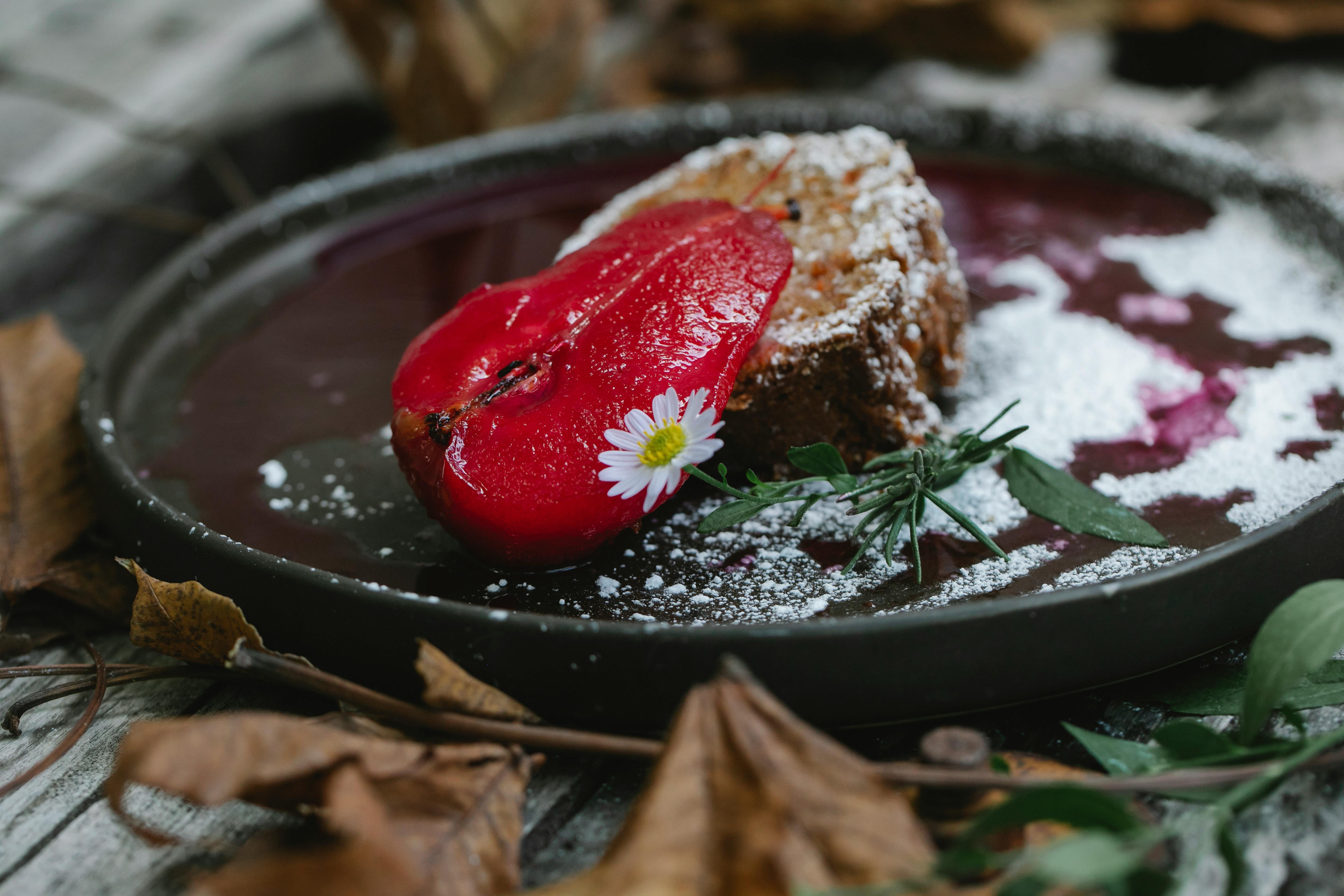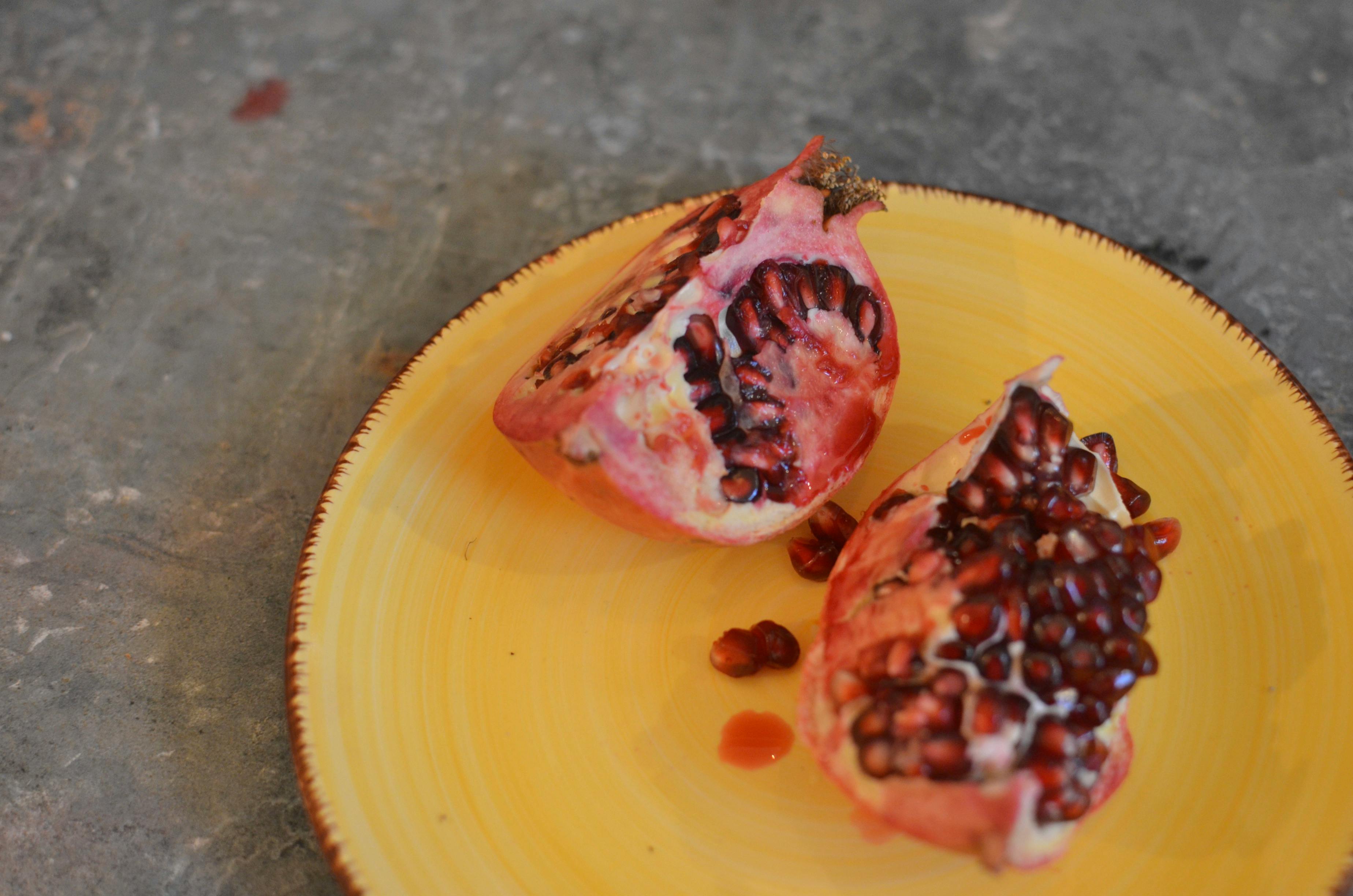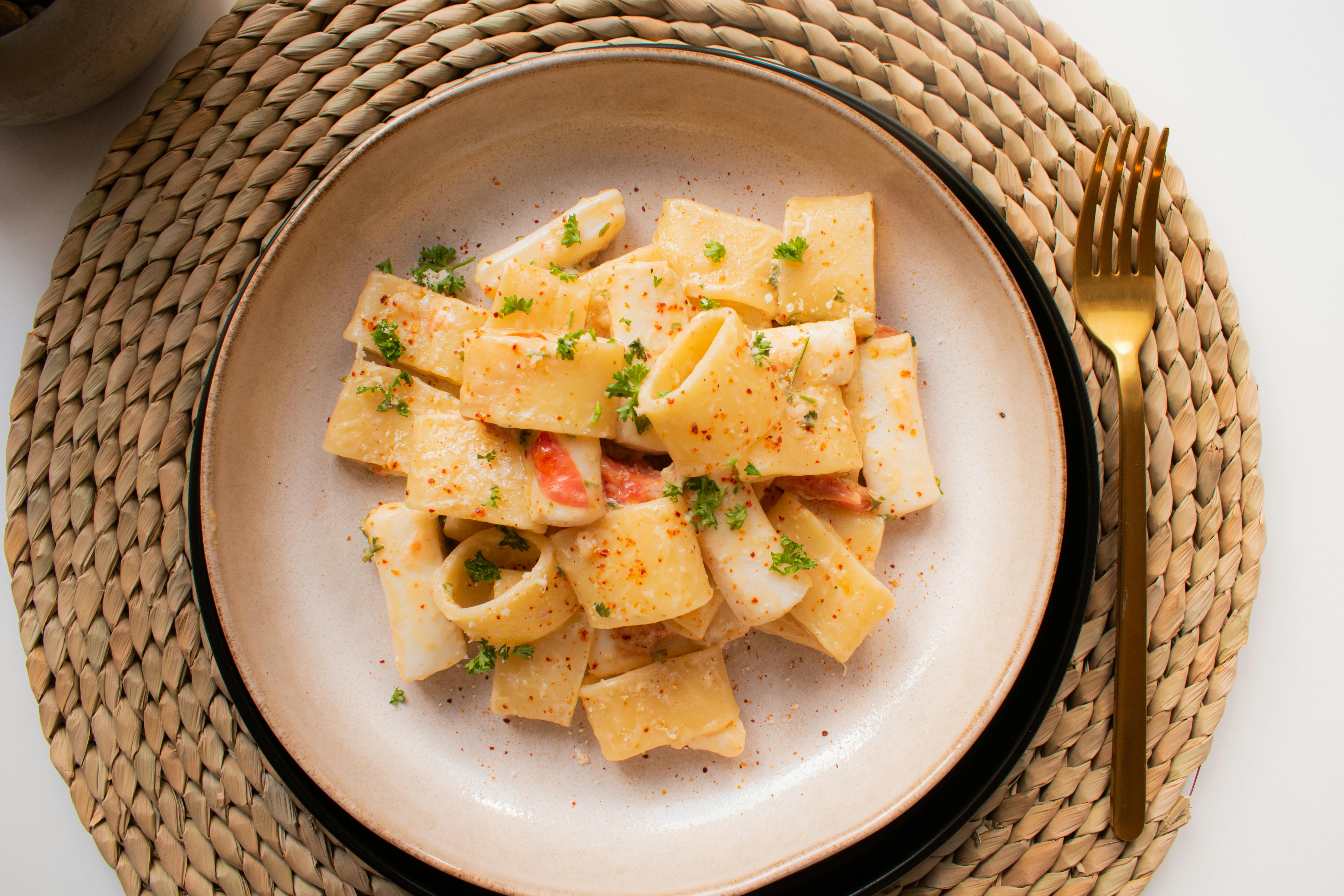The art of metal working came to Indonesia in the Bronze Age from the areas of southern China and Southeast Asia. Bronze drums have been found, dating from the 5th century BC. C., throughout the archipelago, and it is believed that some of them were cast in Bali. In fact, the most famous of these drums, the enormous Pejeng Moon, still rests in Bali in a temple pavilion in the town of Pejeng. The drums were cast with lost wax and in stone molds. Glass, carnelian, shell, silver, gold, and other metal beads have also been found at Bronze Age sites. Early metal jewelry was mostly copper with some gold, silver, and “suwasa” which is one part gold and two parts copper. Metal Age tombs reveal gold necklaces, hairpins, beads and rings. Initially, raw gold came to Indonesia from China and India, but gold was eventually found on Sumatra, which became famous for its jewelry and dagger hilts.
At the time of Christ’s birth, the people of Sumatra and Java practiced irrigated rice cultivation and the use of the buffalo-drawn plow. The accumulation of wealth that followed encouraged the refinement of many forms of art, including jewelry. By AD 1000, silversmithing in Java had reached an artistic level as high as that of the bronze caster. The abundance of gold was documented by a Chinese merchant who reported in 1225 that Javanese criminals, except for thieves and murderers, were not imprisoned or subjected to corporal punishment, but rather fined with gold.
The Majapahit Empire of Java began to colonize Bali in the 14th century. (The Majapahit enforced a caste system on Bali with themselves at the top and the island’s original inhabitants at the bottom.) In the early 16th century, Bali became a sanctuary for Hindus driven out of an increasingly Islamized Java. When the Majapahit Empire collapsed, there was a large influx of Javanese nobles and craftsmen to Bali and Bali became one of the leading centers of precious metal crafts.
The facility where we produce our Bali sterling silver beads is located in Bali, on the outskirts of a town called Celuk. Celuk has a metalworking tradition that goes back many generations. Its craftsmen catered to the aristocrats of the nearby court city of Gianyar and the noble houses of Sukawati and Ubud. Historically, the Royal Courts of Bali were avid patrons of the arts, which they used as an expression of their sacred and temporal power. Dutch sea captain Arnoudt Lintgens, who visited the Gelgel court kingdom in eastern Bali in 1597, was impressed by the lavish display of exquisitely crafted gold ornaments, including accessories for parasols, spears, and daggers.
Although most blacksmiths come from the lower ‘sudra’ caste, Balinese blacksmiths have always been admired. The word ‘pandai’ means both ‘blacksmith’ and ‘intelligent’. A group of blacksmiths from Singaraja, in the northern part of the island, trace their lineage back to before the immigration of the Majapahit Javanese. Another clan of blacksmiths consider themselves direct descendants of Brahma, the fiery Hindu god. The symbolic importance of precious metals in Hindu cosmology is reflected in the belief that the triple peaks of Mount Meru, the abode of the gods and the center of the world, are made of gold, silver and iron.
The Balinese have several traditions about the origin of goldsmiths. The ancient Hindu lontars (books of inscriptions written on lontar palm leaves) tell the mythical story of the arts. In one, the gods are sent to Earth to teach men civil behavior. The god Mahadewa trained the goldsmiths and silversmiths, while Sang Citra gave them specific instructions in making jewelry. Blacksmiths who worked with precious metals were called, from then on, “pande mas”, goldsmiths. In another inscription, a Majapahit Brahmin named Empu Sari first taught the Balinese how to work gold. Yet another calls the first goldsmith Sang Mangkukuwan, the eldest son of Vishnu.
Balinese smiths still produce beautiful gold ornaments for domestic use, but most production is silver work for the export market. International demand has grown so rapidly that new production centers have sprung up in Denpasar and Kuta. In recent years, Celuk has absorbed young people from various backgrounds who are trained and work side by side with others whose families have been working with precious metals for hundreds of years.
There has also been a significant influx of silversmiths and goldsmiths from the island of Java. Modern Javanese silversmiths specialize in fine filigree work and ‘plin’, a style of flat, shiny surfaces and clean, streamlined joints. By contrast, Balinese smiths specialize in granulation, in which tiny spheres of silver are arranged in beautiful geometric patterns. Many designers today want motifs that combine Javanese and Balinese traditions. Accommodating them requires cooperation and cross training.
Early Balinese silver jewelry designs were copies of traditional gold jewelry. The Balinese use beautiful hammered silver bowls and implements for their temple offerings, but for jewelry they prefer gold and would rather do without than silver. As a result, silver jewelry developed recently and has always been an export product. As the market for silver grew, there was pressure to diversify, and motifs from many cultures spread rapidly among the smithing community. The use by artisans of multicultural motifs is an age-old practice. Gold jewelry found in ancient Egypt, Greece, Phoenicia, Persia, and later Rome show motifs borrowed from one another. The migration of skilled craftsmen, especially goldsmiths, from dying civilizations to emerging civilizations is also a millennial trend.
Whereas in the ancient world ideas were slowly spread by migration and Phoenician traders, the process has become almost instantaneous with the advent of television, airplanes, and fax machines. Today, buyers from all over the world come to Bali. Designers also flock to the island. They are attracted by both the friendly environment and the skill of the craftsmen. Bali seems to encourage creativity. It is a setting in which the seeds of the imagination germinate with the same ease as those of the lush vegetation. Many of the cottage industries produce work for foreign designers, but the creative process is almost always a collaboration in which the influence of Balinese artisans is evident in the finished product.
==









